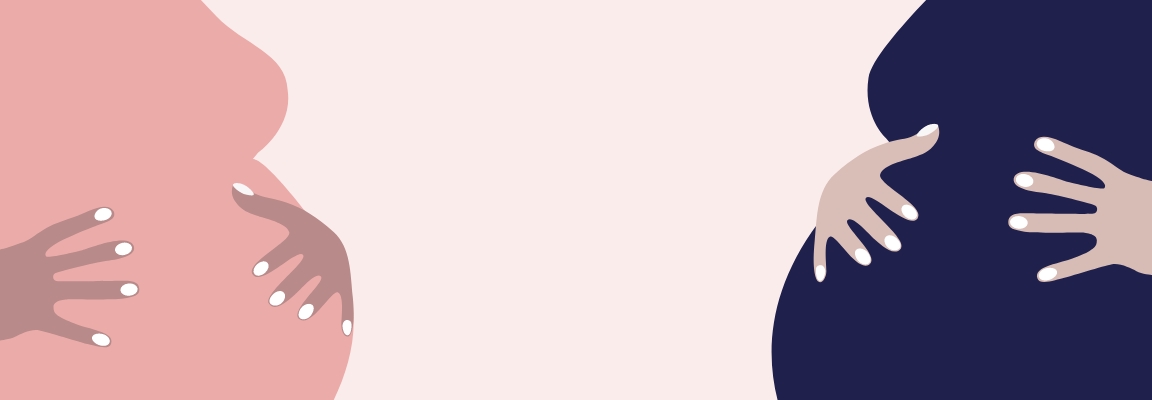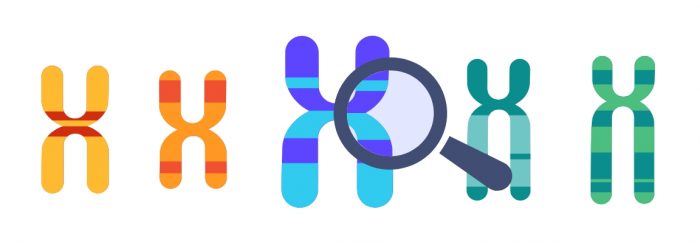Mother’s Day does not have a fixed date in the calendar, but depending on the country, it is celebrated on one day or another, due to historical, social, and religious issues, among other reasons.
For example, the first Sunday of May is the day that the mother figure is celebrated in Spain, and in Portugal. However, in Italy, Germany, Australia, Brazil, Chile, China, Canada, the United States, Switzerland, the Czech Republic, and many others, it is celebrated on the second Sunday of the same month. In addition, in France, it is the last Sunday of May or the first Sunday of June.
The reason why it is mostly celebrated during the month of May is because in Classical times it was linked to feminine divinities, as well as representing spring in its maximum splendor.
The maternal figure has always played an important role in society and, therefore, many questions have arisen around motherhood. What does science have to say about all this?

Does the maternal instinct exist?
Before developing this answer, let’s start with understanding the difference between instinct and impulse. Are they the same thing?
Instinct is the automatic, irresistible, and unchangeable behavior that is triggered in an individual. Whereas impulse is the set of innate, i.e., unlearned, acts that drive the behavior of that individual.
Let us return to motherhood. Generally speaking, one tries to find the exact moment, physically, emotionally, economically, socially, and personally, to be one, or to have the option of not being one. Do you agree? Then, from the point of view of psychology and biology, and taking the above definitions, humans have maternal impulse and not maternal instinct.
Is it true that there is a type of DNA that we only inherit from our mothers?
In all our cells, except mature red blood cells, we have organelles in the cytoplasm known as mitochondria.
This organelle, which is responsible for obtaining energy, contains a unique genetic material inside it called mitochondrial DNA.
At the moment of fertilization, only the nucleus of the sperm, which contains the father’s DNA, is able to enter the egg, which contains the mother’s DNA as well as the rest of the cell organelles, including the mitochondria. This zygote will divide into identical cells, so the mitochondrial DNA will remain intact in all the cells of the organism, regardless of whether it is female or male. So every cell of every individual contains this DNA that comes exclusively from the mother, i.e. it is a maternal inheritance pattern.
And, what does this DNA contain?
Mitochondrial DNA, in addition to containing the genes necessary for its own activity, also provides us with information about the evolution of our maternal lineage from the most recent female ancestor of modern humans, mitochondrial Eve, known as the maternal haplogroup.
In the case of fathers, we have their equivalent. Speaking of genetics and parenthood, we have the paternal haplogroup, which is received only from our father. Unfortunately, this DNA is only transferred among males, as it is the Y chromosome, which is not found in females.
By the way, did you know that you can find out this information by taking the tellmeGen DNA test?
What are the benefits of breastfeeding?
This had not been questioned until formula milk came on the market.
Natural breast milk contains antibodies, hormones, prebiotics, fatty acids, enzymes, nucleotides, white blood cells, and beneficial bacteria that together make the benefits to the baby increase considerably. In addition to being a living fluid, unlike formula milk.
Considering that breastfeeding is one of the first postnatal experiences, it is very important to consider the benefits it can have on the baby’s health. In addition, several studies conclude that two of the main benefits of breastfeeding are:
- Breast milk, because it contains antibodies, provides the baby with protection against possible infections in the first days of life. Moreover, they will be less likely to suffer from allergies and even, in some cases, obesity in the future.
- In addition, it has also been shown to benefit the mother’s health, reducing the risk of breast, uterine and ovarian cancer.
Is genetics the reason for the contact established between mother and baby at birth?
The bond that is established between mother and baby after birth has been shown to have a great impact on the mental and physical development and health of the newborn. The action of dopamine and oxytocin is the responsible that makes this bond not only positive for the baby’s health, but also for the mother. It has also been observed, through magnetic resonance imaging, that during this contact, similar parts of the brain of both individuals are activated.
As mentioned above, dopamine and oxytocin play a fundamental role in the moment of contact.
So, where do these hormones come from? Both are natural neurotransmitters produced in our body and their activity is regulated by receptors and other molecules resulting from our genetic sequence, i.e. our DNA.
Is there such a thing as memory loss during pregnancy?
Some women during pregnancy feel that they have difficulty remembering things in the short term, perceive an increase in distraction due to lack of concentration, and, even with reading comprehension, notice a decrease in their abilities, especially during the third trimester of pregnancy, which can extend up to three months after delivery.
There is a scientific explanation for this, and it is due to the hormonal changes that the mother undergoes. Fundamental hormones during this period such as prolactin, estradiol, progesterone, cortisol, and oxytocin see their levels altered. It is for this reason that the modification of the concentration of these hormones can be reflected in the mother’s cognitive abilities.
Finally, did you know that you can find out much of this information by taking the tellmeGen DNA test?



